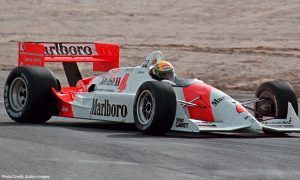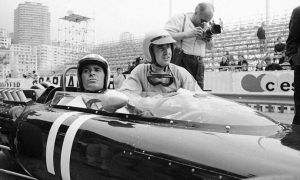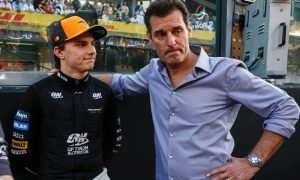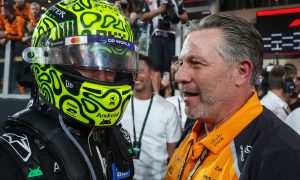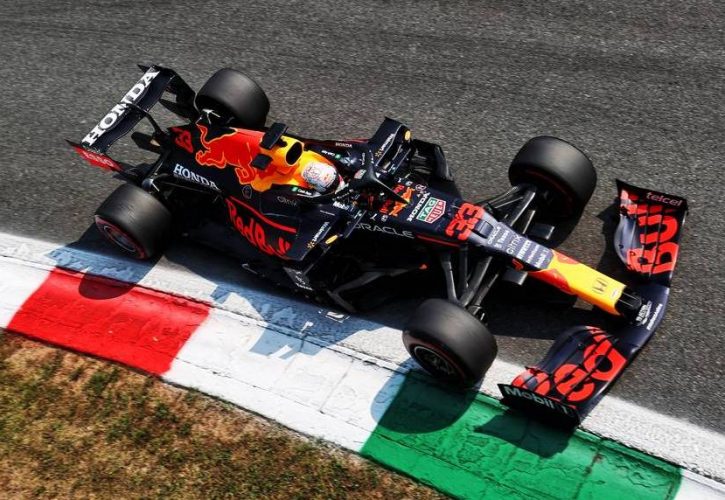
Mario Andretti hopes F1's new rules will fulfill their purpose of allowing cars to race each other more closely, but the 1978 F1 world champion says he never understood the sport's move over the years towards "wider car and bigger wings".
Formula 1's new technical regulations are based on ground effect aerodynamics - a concept very familiar to Andretti as it was pioneered in F1 by Lotus in the late seventies - that should allow drivers to follow each more closely by significantly limiting the amount of turbulent air swirling in the wake of a car that disrupts the downforce of a following machine.
The changes are expected to result in more overtaking opportunities for drivers and therefore a better show on the track.
Andretti welcomes the changes but wonders why F1 chose to evolve towards bigger cars and wings in the first place.
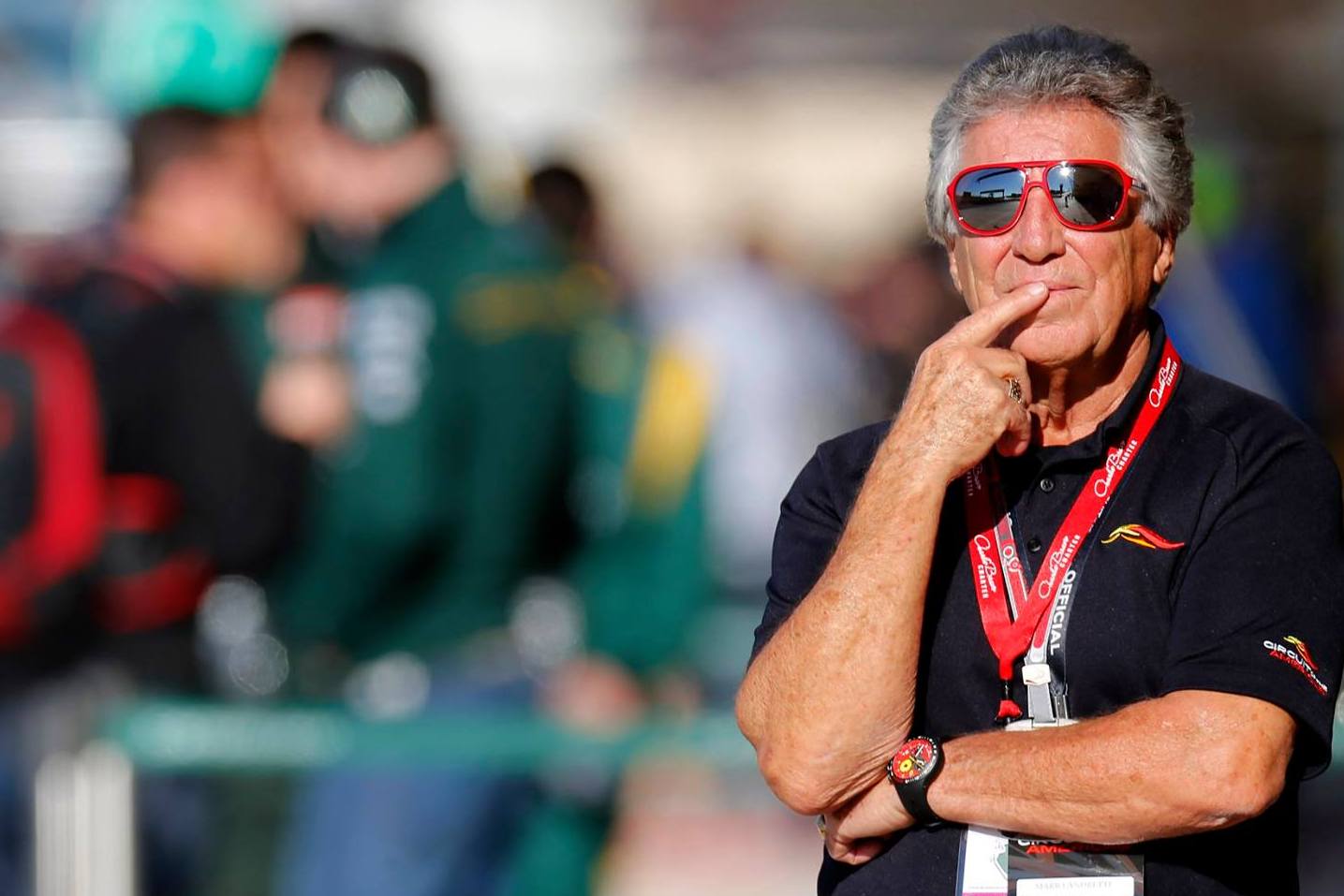
©COTA
"From what I understand, these cars are supposed to emit less turbulence to the rear so that it’s easier to drive one behind the other," the American told Germany's Auto Motor und Sport.
"The idea is to generate more downforce under the car to reduce the areas above that produce bad air. That’s why I never understood why, a few years ago, Formula 1 went to wider cars and big wings.
"That increased the turbulence and they were even more dependent on the DRS. Now they are rightly going the other way.
"But I don’t dare to predict whether that will be enough for the drivers to be able to stay close to the car in front again in the corners. If it were 30 percent better, that would progress."
Ground effects - the principal by which most of a car's downforce is generated from its floor through a venturi effect - were successfully exploited in F1 by the late Colin Chapman who implemented its principles on the Lotus 78 in 1977 before the legendary designer refined the idea to great effect on the 79 with which Andretti conquered the world title in 1978.

The American motorsport legend was therefore at the forefront of the revolutionary aero concept's development in F1.
"The idea came from my experience with the March 701 from 1970," he explained. "Its sidepods looked like wings. During a test at Kyalami, we removed them to reduce drag. Suddenly the car became light in front.
"This showed us that the sidepods were obviously producing downforce. We had to run a lot more wings upfront to compensate, but that thwarted our plan because we wanted to save drag.
"At the end of the 1976 season, we met at the Lotus factory in Hethel to discuss next year’s car. The engineers [including Colin Chapman] wanted to know what I would like.
"I told them that as a driver you would like to have downforce without paying a price for it. They laughed and said: Yes, everyone wants that.
"Then I told them the story of March’s sidepods. They obviously produced downforce without increasing the frontal area of the car. We then discussed it."
Lotus' dominant success in 1978, with Andretti and teammate Ronnie Peterson winning half of the championship's races that year, encouraged its rivals to follow suit and develop their own 'ground effect' designs.
"We then optimized the diffuser and the ground clearance for this principle," added the 81-year-old. "The two channels in the sidepods were consistently freed to get a clean flow through the whole car.
"The rear brakes, for example, were already mounted inside, but they were still too much in the airflow on the Lotus 78. On the ’79 Lotus, Colin mounted the brake callipers directly on the transmission housing.
"But that created another problem. The heat from the transmission radiated to the brakes and caused the brake fluid to boil.
"Especially at the beginning of the races when there was still a lot of fuel on board and the car was therefore heavy. I kept having brake problems.
"When the Lotus 79 made its debut in Belgium, I had to pump all the time to have any braking effect. I still won. Colin didn’t want to hear about it. He was deaf in the ear. The main thing is that we had the fastest car."
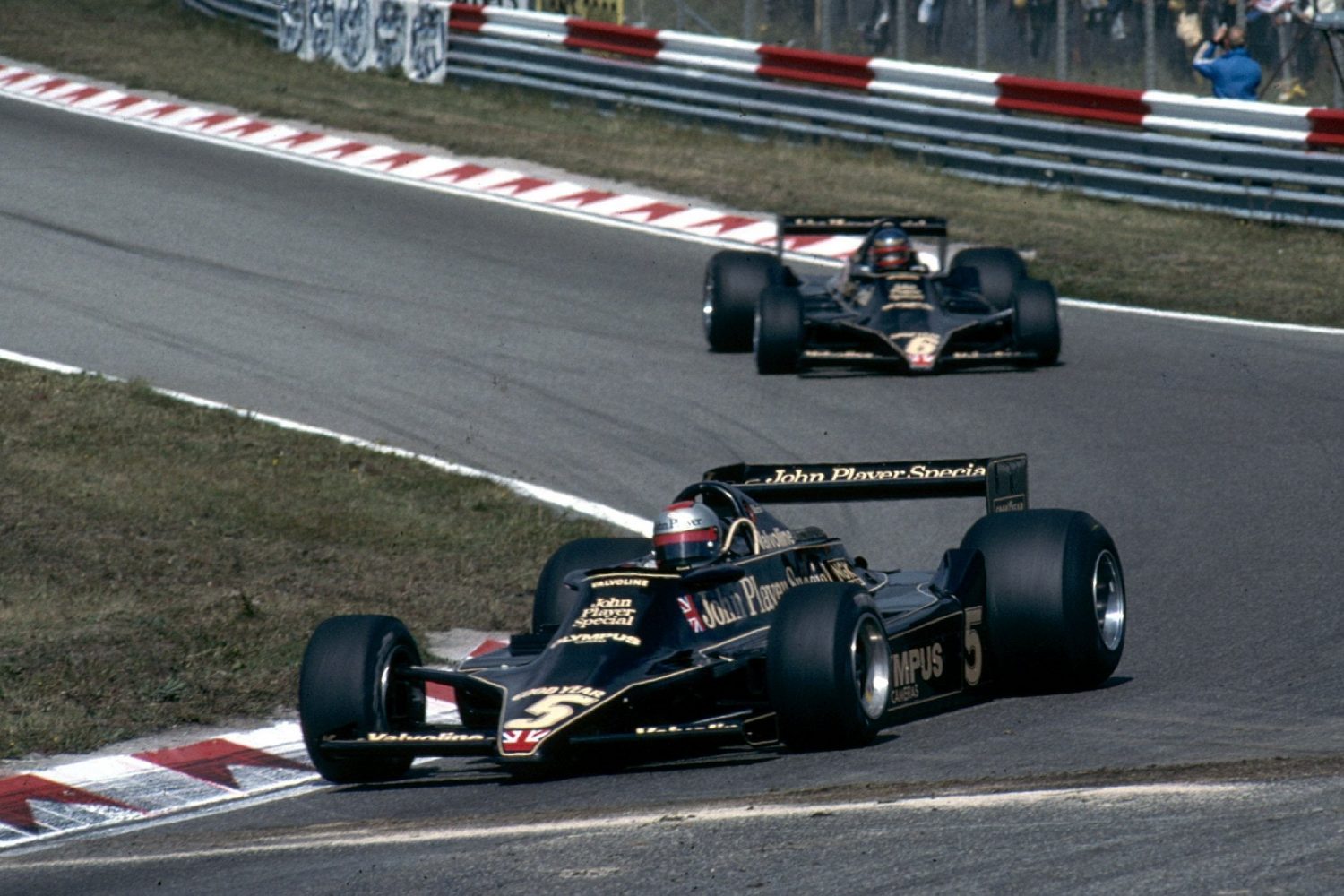
Despite his championship winning campaign at the wheel of the stunning Lotus 79, Andretti admits that he almost preferred the car's predecessor, at least in terms of safety.
"To be honest, I almost preferred the Lotus 78. At least it had working brakes!" he said.
"The Lotus 79 was aerodynamically tidier. The car produced more downforce. That’s why we could use smaller wings. That’s why it was faster on the straights. That was our great weakness in 1977."
Gallery: The beautiful wives and girlfriends of F1 drivers
Keep up to date with all the F1 news via Facebook and Twitter



